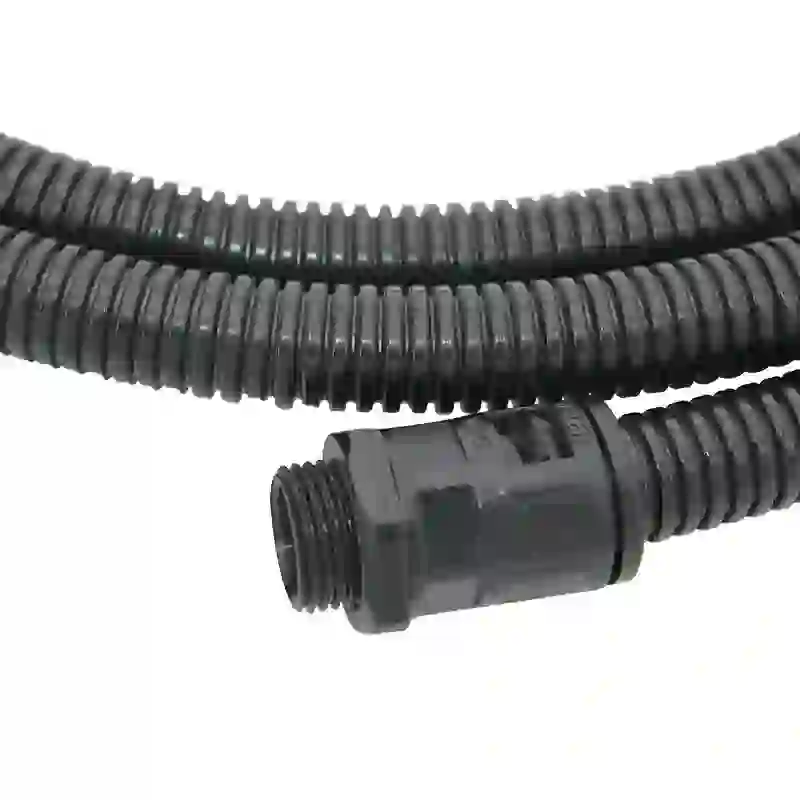Understanding the Mechanics of Synchronous Pulleys in Mechanical Systems
Understanding Synchronous Pulleys An Overview
Synchronous pulleys, an essential component in various mechanical and industrial applications, play a critical role in the functioning of synchronized motion systems. These pulleys are used in conjunction with synchronous belts, which inherently have teeth that mesh with the pulleys. This unique design eliminates slippage and ensures that the driven components move in exact harmony with the drive components.
Design and Function
A synchronous pulley system usually consists of two key components the pulley itself and a belt with teeth. The belt is made from a durable material, often reinforced with fibers, to handle tensile stress and ensure longevity. The teeth on the belt fit precisely into the grooves of the pulley, enabling a positive drive. This means that, unlike traditional V-belts, synchronous belts and pulleys do not rely on friction for power transmission.
The design of synchronous pulleys can vary, accommodating different belt widths, diameters, and tooth profiles. The choice of pulley design and material can significantly impact the efficiency and performance of the entire system. For instance, lightweight materials like aluminum are often favored in applications requiring speed, while heavier, more robust materials might be used in systems needing higher durability and stability.
Advantages of Synchronous Pulleys
One of the primary advantages of using synchronous pulleys is their capability for precise motion control. In many applications, such as robotics and CNC machinery, maintaining exact timing and positioning is crucial. Synchronous pulleys ensure that there is no slippage, thus providing accurate synchronization between the driving and driven shafts.
Moreover, these pulleys are generally more efficient than traditional friction drives. The energy loss due to slippage in belt drives is eliminated, which allows for smoother, quieter operation and reduces wear and tear on the components involved. This increased efficiency often results in lower operational costs and longer service life for both the belt and pulleys.
synchronous pulley

The versatility of synchronous pulleys is another significant benefit. They can be found in a wide range of applications, from automotive engines to printing machines, conveyor systems, and even in HVAC systems. Their ability to work effectively over varied speeds and loads makes them ideal for numerous engineering challenges.
Applications of Synchronous Pulleys
Synchronous pulleys are commonly used in automotive applications, such as timing belts in internal combustion engines. In this context, they synchronize the rotation of the crankshaft and the camshaft, ensuring that the engine’s valves open and close at the correct times for optimal performance.
In manufacturing and automation, these pulleys contribute to the efficiency of conveyor systems. The precise motion control provided by synchronous systems enables better product placement and reduces the likelihood of jams or operational errors. Additionally, in robotics, synchronous pulleys facilitate the accurate movement of robotic arms, ensuring that tasks such as assembly, welding, and material handling are executed flawlessly.
In the entertainment industry, synchronous pulleys are used in stage machinery and lighting systems, allowing for precise control of movement and timing during performances. The demand for synchronized lighting and scenes in modern theatre heavily relies on such pulley systems to create captivating experiences for audiences.
Conclusion
In summary, synchronous pulleys are vital components in a wide array of mechanical and industrial systems. Their ability to ensure precise, reliable motion without slippage makes them superior to traditional belt systems in many applications. With advances in materials science and engineering, the design and functionality of synchronous pulleys continue to evolve, further broadening their scope of application. Whether in automotive engines, manufacturing, robotics, or entertainment, their role in enhancing efficiency and performance cannot be overstated. As industries move towards more automated and precise machinery, the significance of synchronous pulleys is likely to grow even more prominent, marking them as a key technology in the future of engineering and design.








